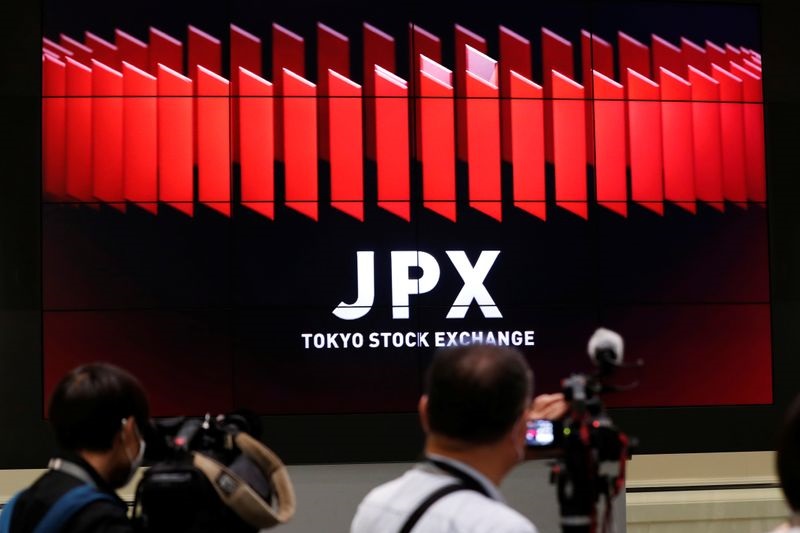Japan’s Nikkei 225 stock index rose sharply on Wednesday, reaching levels seen before the burst of a speculative bubble in the 1990s as investors bet on a delay in the Bank of Japan’s plans to end its ultra-loose policies.
The Nikkei 225 index jumped 1.3% and crossed the 34,000 level for the first time since January 1990, extending a raft of gains seen since mid-2023.
Technology stocks were the best performers, fueled by a mix of hype over artificial intelligence and amid growing hopes for softer U.S. inflation data later this week.
But the biggest source of support for the Nikkei was growing expectations that the BOJ will have to delay plans to end its ultra-dovish policy, following a devastating earthquake in central Japan which killed hundreds of people and caused widespread destruction in the region.
Rebuilding and fiscal stimulus efforts in the wake of the disaster are widely expected to offset any notion of monetary tightening by the central bank. The BOJ had maintained its ultra-dovish stance through 2023 despite shifting global sentiment.
An ultra-dovish BOJ was a key driver of Japan’s stock rally through 2023, as the central bank maintained its asset buying and yield control policies even as most of its global peers began hiking interest rates and ending pandemic-era stimulus measures.
Bets on a dovish BOJ were furthered this week by data showing declines in Japanese inflation and wage growth.
The Nikkei 225 was the best-performing major stock index in 2023, rallying about 30% for the year. In comparison, the S&P 500 added about 24%.
Strong corporate earnings from Japan also factored into the Nikkei’s 2023 rally, as local firms weathered a decline in global economic conditions. Slowing demand in China was a key pain point for Japanese exporters.
But Japanese businesses were also aided by a rebound in tourism, as foreign travelers flocked to the country to capitalize on a severely weakened yen. The yen was the worst-performing major currency in 2023 as it was battered by a growing rift between local and U.S. interest rates.
Still, the Nikkei’s 2023 rally comes after nearly 30 years of underperformance, as Japanese economic growth stagnated after the burst of a massive speculative bubble in the 1990s.
Recent data suggests that Japan’s economy may be cooling after seeing some strength through 2023. Gross domestic product shrank more than expected in the third quarter of 2023.



